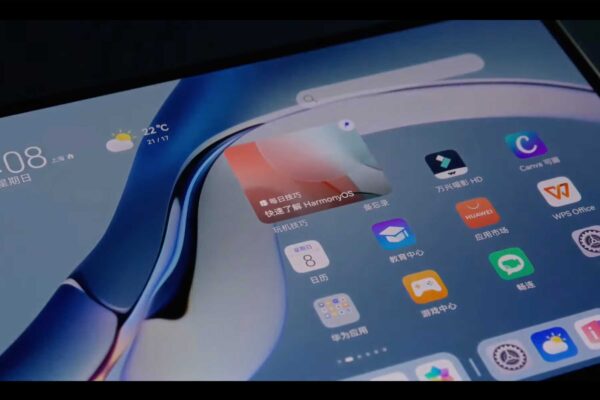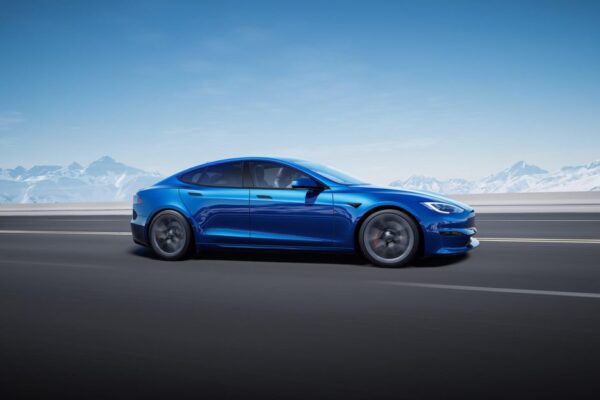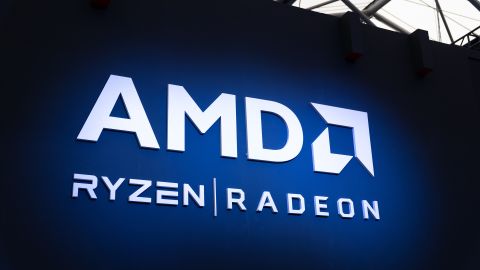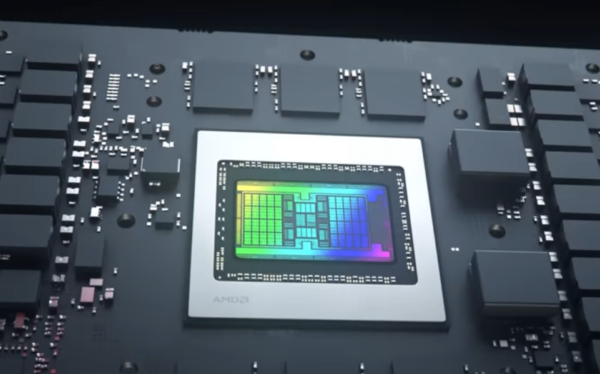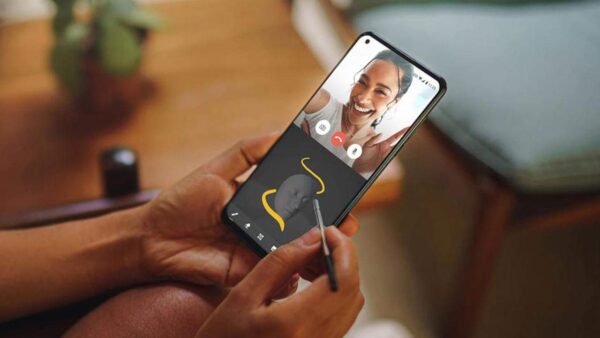When Harmonyo Huawei was shown at the launch event on June 2, I got a demo directly from the new Jack of all trading operating systems in a 5 star luxury hotel, where the price for one night starts from more than £ 200 and goes up to almost £ 1,000.
I showed the harmony run on a tablet, on a smartwatch, on the Earbud and more. One demonstration shows youtube videos on the laptop stop when the connected smartphone receives a call, which is then sent to several headphones in pairs through a smartwatch. Other cases of use are images taken from the nearest St Pancras station, which smoothly falls to the nearest PC for easy editing.
My favorite showcase is when a smartphone is paired with a action camera to record 4K recordings, which have a heartbeat from the SmartWatch worn above. Both looked cool, and may be very useful for adventurers who like to record footage actions.
Until this demonstration, I did not fully understand the harmony – it looks like Huawei had a lot to build an Android rival myself, because it didn’t complete a main problem Huawei.
Since the prohibition of Huawei, mobile phones have not been allowed to use the Google Mobile application, including the Play Store and a massive library providing access to.
Now, I think I understand. Huawei’s focus is not in building new killer software, but it gives you a reason to buy to the gadget ecosystem. Huawei wants you to buy more than a smartphone.
Harmonyos is not a copy of Android
I was under the impression of Harmonyos was Huawei’s effort to make the software itself because of the restrictions worn by the prohibition of Huawei. Maybe it was, but what I showed on the Harmonyos demo gave me a different idea about his purpose.
The whole Schtick Harmonyos is that the same operating system works among gadgets. Your smartphone will run the same software, and therefore applications and systems, such as watches or tablets or headphones. This allows all your gadget work synchronized.

